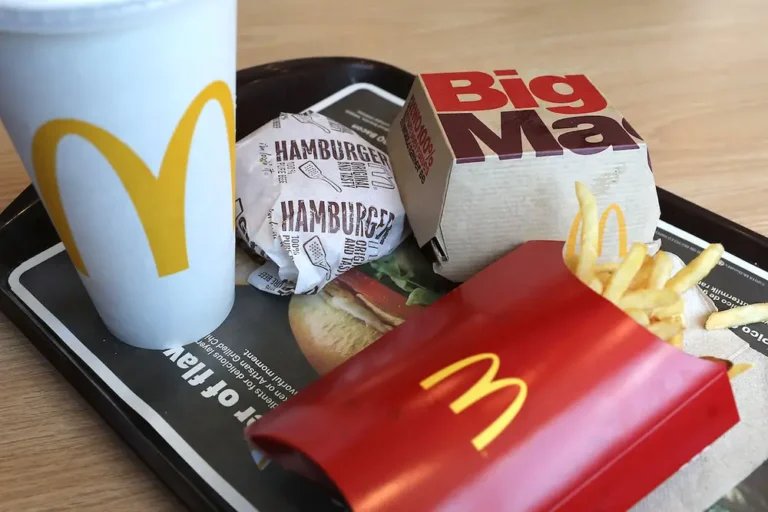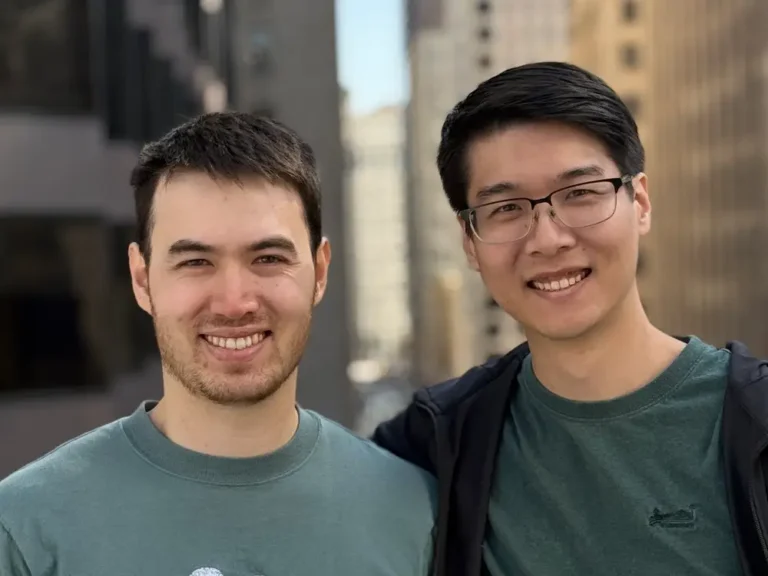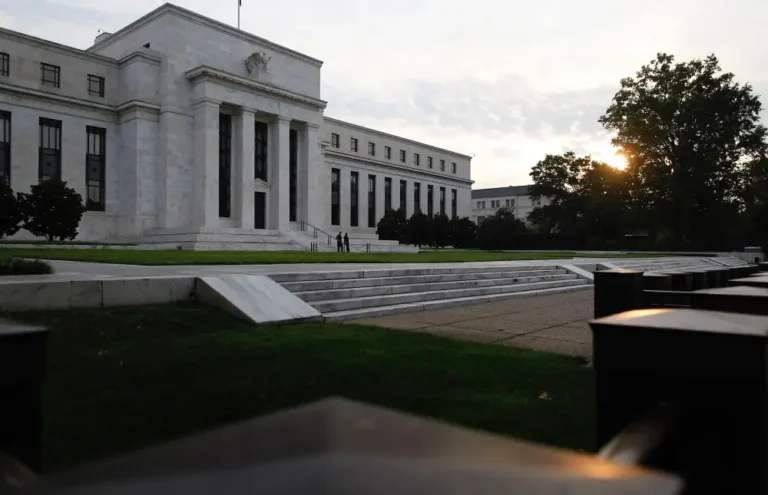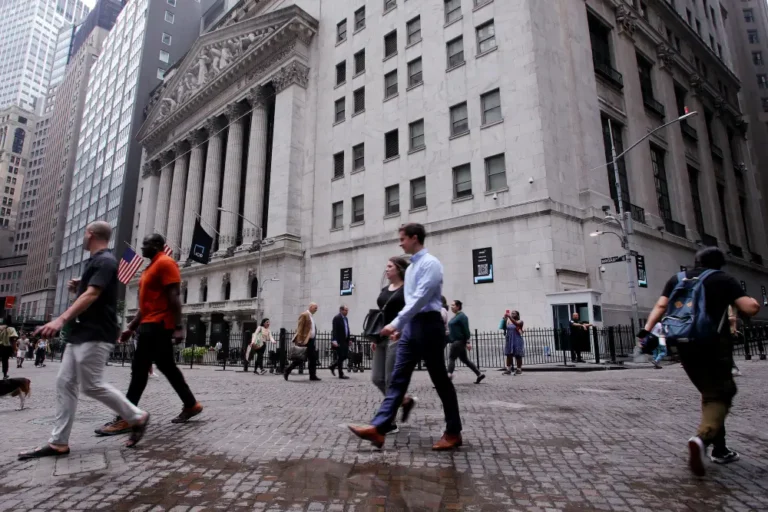Preservationists end San Jose brutalist building case, focus on ‘Endangered 8’
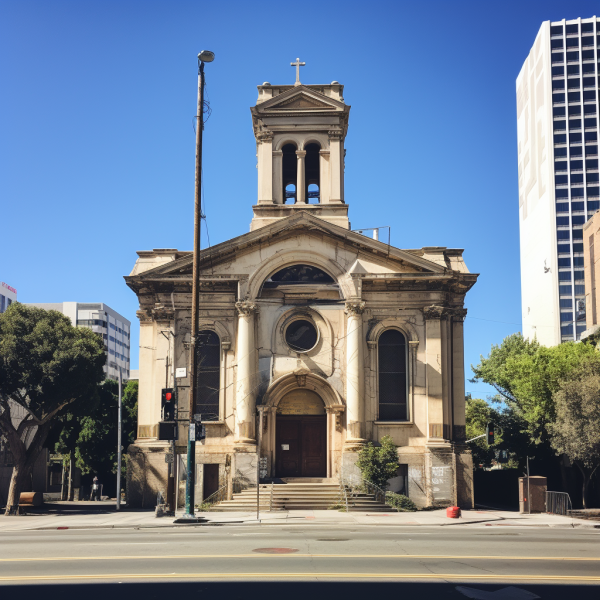
SAN JOSE, Calif. — A San Jose architectural advocacy group has concluded its lengthy court battle to save a downtown brutalist building and is now attempting to save what it calls a “Endangered Eight” group of structures, which includes an old, neglected downtown church).
The Preservation Action Council has dropped its legal challenges to the city of San Jose’s decision-making process, which eventually allowed a developer to bulldoze a blocky, poured-concrete brutalist bank building at 199 Park Ave.
The group’s decision followed an April appeals court loss that upheld the procedures used by San Jose officials when they approved a big tech campus at CityView Plaza, a process that also allowed for the removal of structures ahead of the development.
“We have chosen not to pursue any further appeals,” said Ben Leech, executive director of the council.
The San Jose preservationists’ next major battles are expected to involve what the nonprofit calls the “Endangered Eight: 2023” — which could become the “Endangered Nine.”
The Endangered Eight is an octet of buildings in San Jose that the group describes as “San Jose’s most threatened and endangered architectural and cultural landmarks,” according to a post on the group’s website.
The council’s official list of the “Endangered Eight” is as follows. San Jose is home to all of the structures. The year the structure was built is included in the list.
— First Church of Christ, Scientist, 43 E. St. James St., 1905
— The Burbank Theater at 560 S. Bascom Ave., 1949
— IBM Building, 11, 5677 Lexington Ave.
— Milligan Lot, 1860; and Forman’s Arena, 1926, at 405-447 W. St. John St.
— Levi Strauss Factory, 115 Terraine St., 1949
— Sam’s Downtown Feed, 759 W. San Carlos St., 1925
— Alum Rock Park Log Cabin, 15571 Alum Rock Ave., 1916
— Ban Family Farmstead, 1065 S. Winchester Blvd., 1890
Preservationists have also learned about a building at 284 W. St. John St., next to Notre Dame Avenue in downtown San Jose, that appears to be the birthplace of a significant part of Silicon Valley’s history.
For a time, the building served as IBM’s Bay Area headquarters, and it was here that the famed tech titan conceived and began work on the first computer disk drive, a device known as the RAMAC, which stands for random access method of accounting and control.
That work was eventually relocated to Cottle Road in South San Jose, where IBM had a world-renowned tech campus for decades.
However, the West St. John building still stands, and Leech is concerned that the site of IBM’s disk drive’s birth could be redeveloped.
“This piece of history could be lost,” Leech expressed concern.
The First Church of Christ, Scientist is ranked first on the council’s list. The church is on land owned by Z&L Properties, a China-based real estate company whose principal executive is Zhang Li, a key figure in a bribery scandal involving a top former San Francisco official.
Z&L Properties had agreed to renovate and restore the church as part of a project that included two housing towers next to St. James Park. Z&L never built the high-rise housing or renovated the church.
Zhang, 70, a billionaire real estate executive, recently admitted to making payments to Mohammed Nuru, a top former San Francisco official, to expedite the development of a proposed residential complex in San Francisco.Z&L Properties paid a $1 million fine, while Zhang paid a $50,000 fine and accepted responsibility for his actions.
In exchange, federal prosecutors agreed to drop the charges against Zhang in three years. Z&L Properties agreed to participate in a corporate compliance program.


